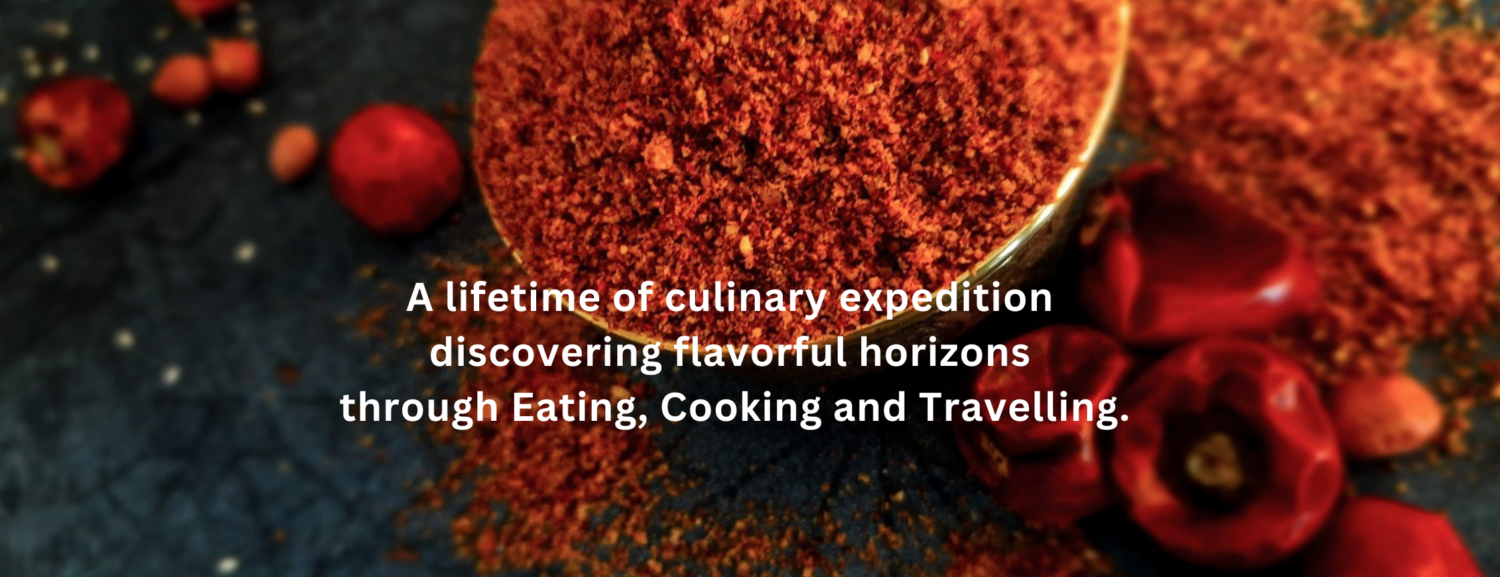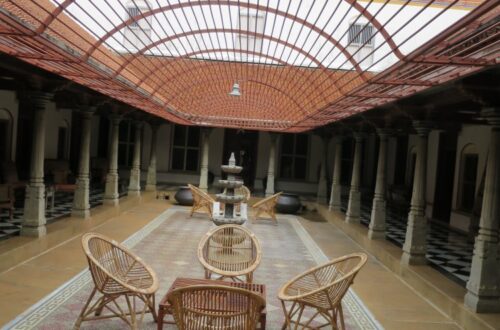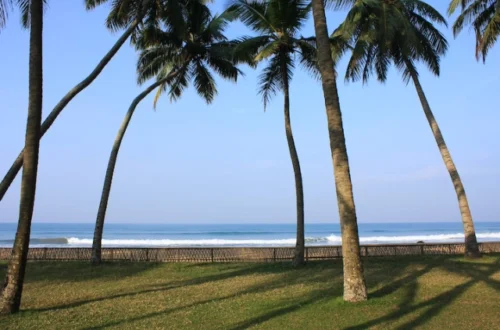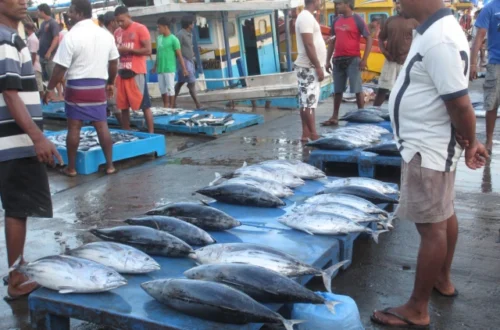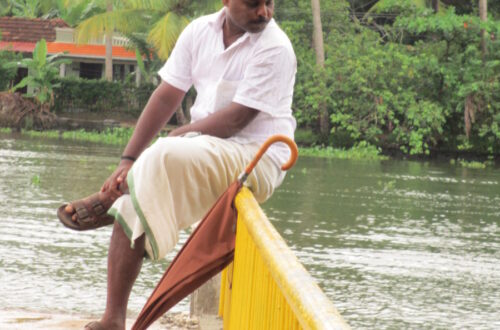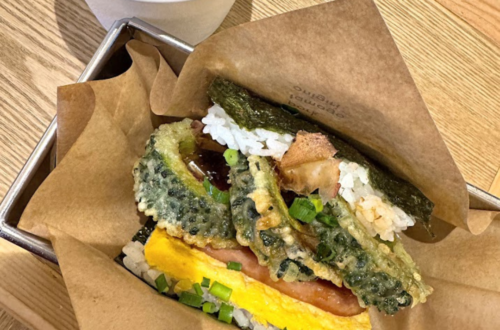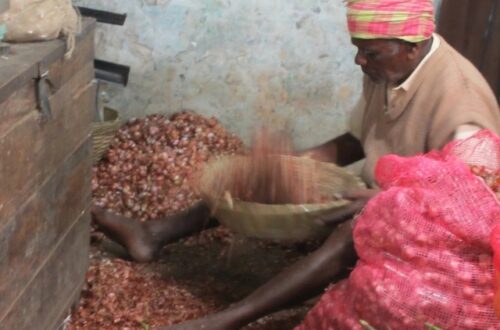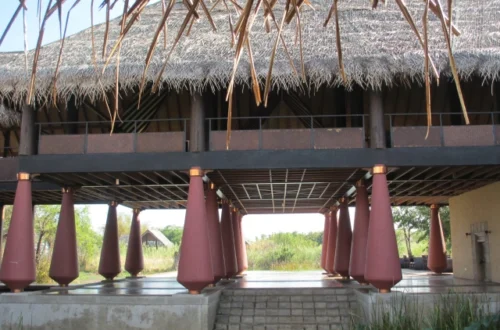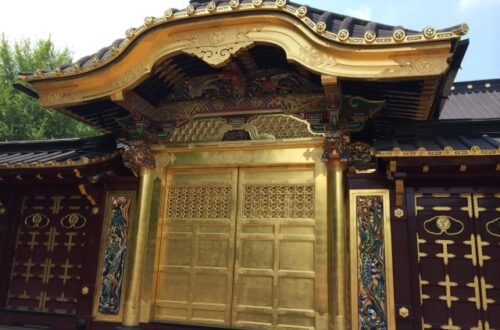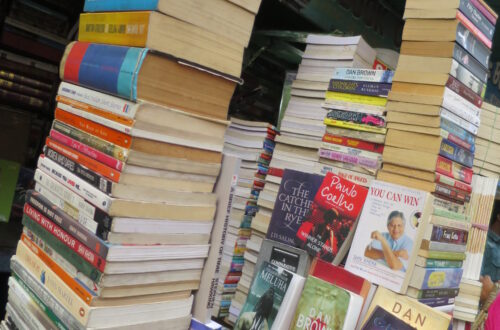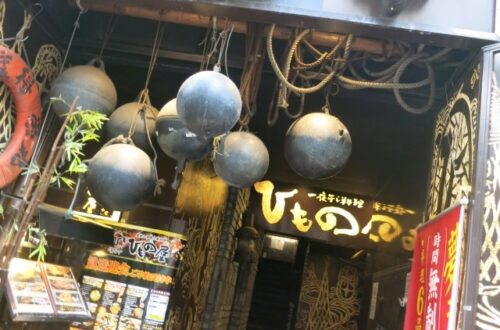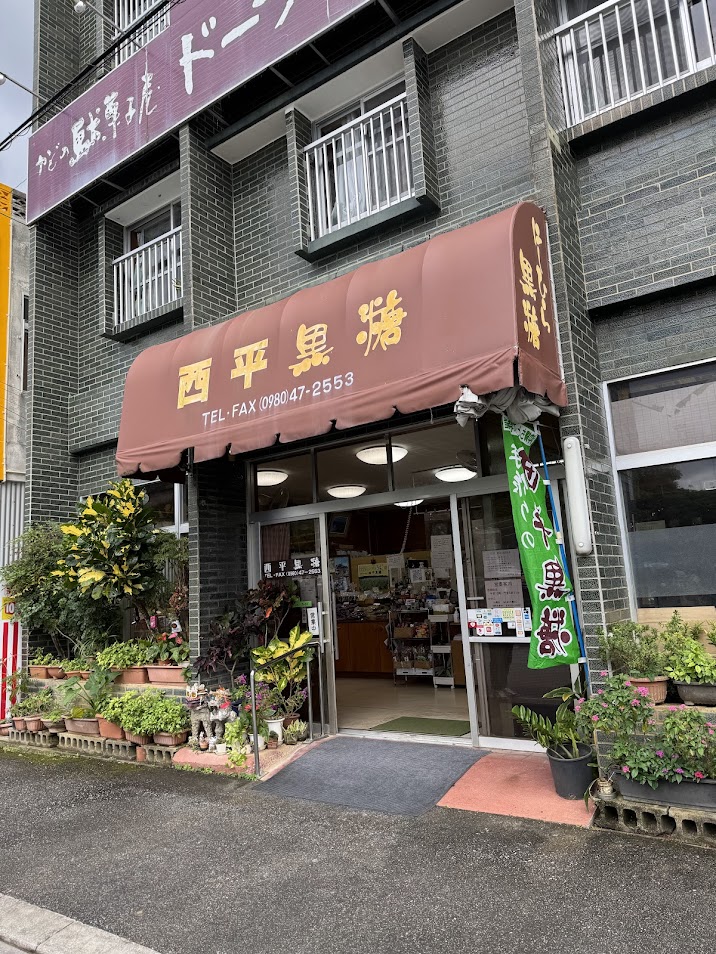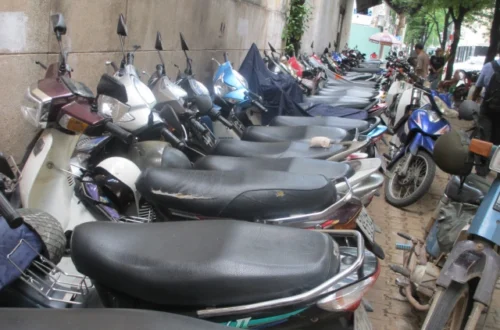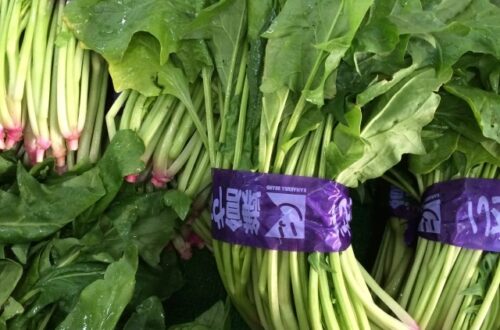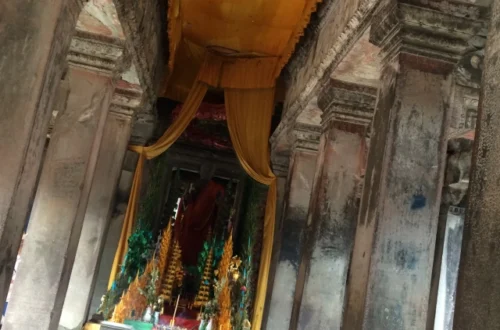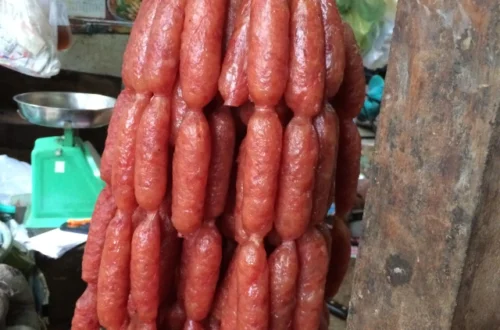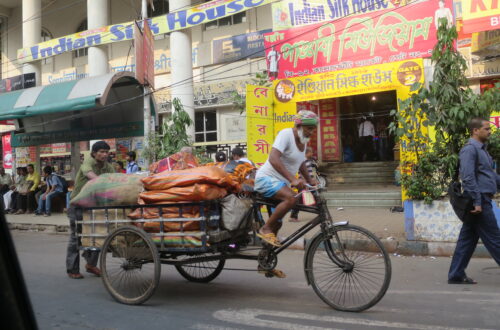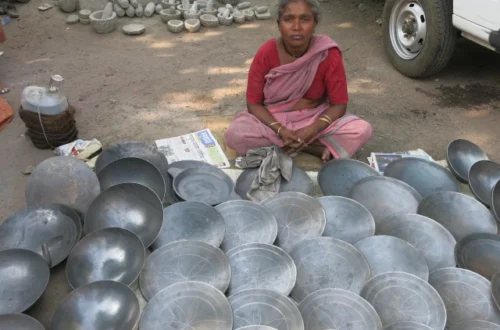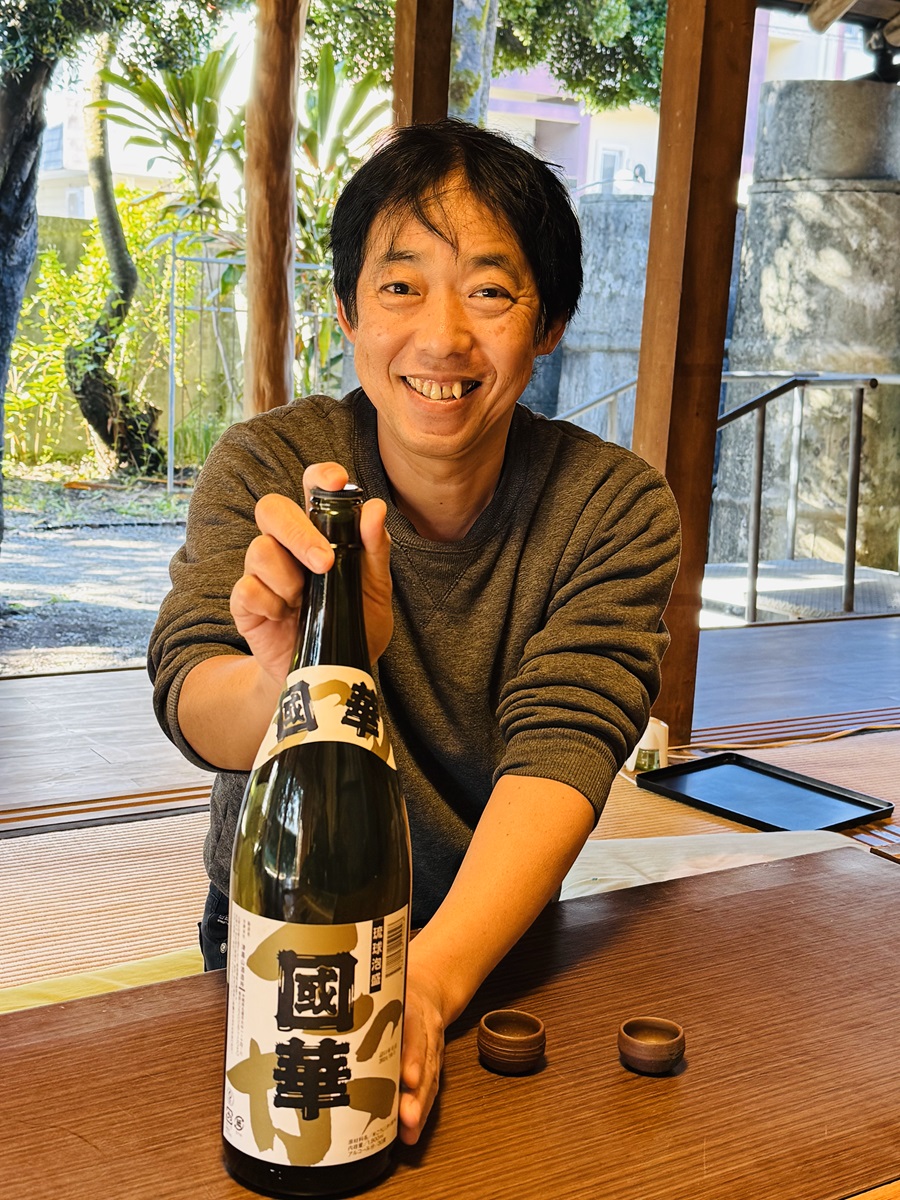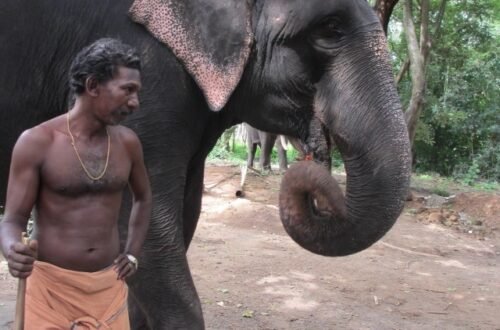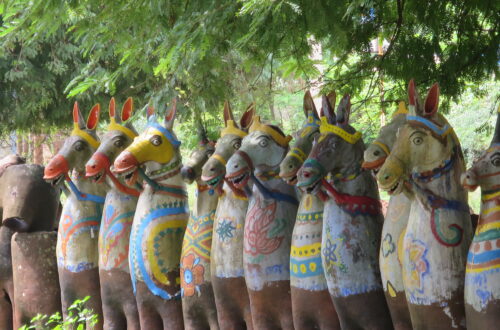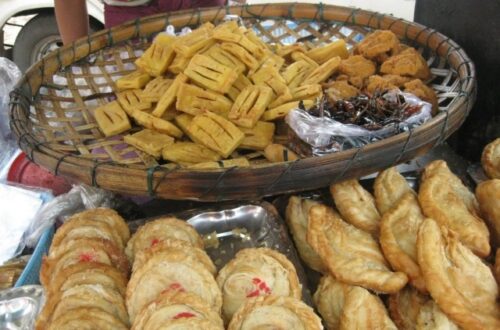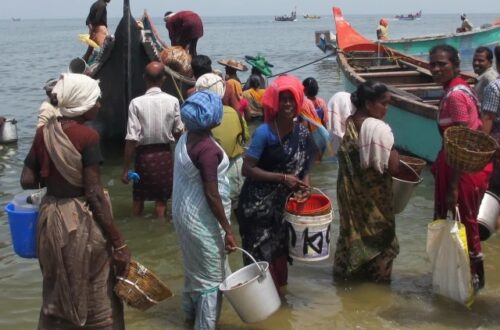-
The Refreshing Fruit Experience
Jambu can be eaten raw, making it a perfect snack. It is often enjoyed fresh, sliced, or whole. It can be added to fruit salads eg. Fruit Rojak, blended into smoothies, or used in desserts. In some cultures, it is also pickled or cooked in savory dishes. Whether eaten alone or incorporated into recipes, Jambu offers a delightful burst of flavor and hydration.
-
Sangamithirai – Where Every Dish Tells a Story!
Maa vathal, made from dried and preserved unripe mango, lends a delightful tanginess to the hearty curry. The stone-ground masalas infuse the gravy with a distinctive essence, making this dish a true comfort food that warms the soul. Every mouthful was a reminder of the rich Tamil culinary heritage I grew up with, and it left me craving even more! Many people adore curries made with maa vathal, especially in Tamilian cuisine, where it is cherished for its ability to evoke nostalgic flavors and emotions. It’s common to find families who have enjoyed this ingredient for generations, as it brings a unique, aromatic touch to traditional dishes and I am…
-
A Feast of Flavorful Tamil Nadu Delights
The Chicken Curry that I enjoyed with Madurai Bun Parotta was a remarkable experience for the senses. The taste was a delightful fusion of flavors, with the spices creating a warm and aromatic profile. The rich, dark, coconut-based gravy was both creamy and slightly tangy, accentuating the tender pieces of chicken that absorbed the spices beautifully. Each bite was enveloped in a fragrant symphony of coriander, cumin, and a hint of black pepper, making it incredibly satisfying. The Madurai Bun Parotta, with its flaky layers and soft, pillowy texture, provided an excellent contrast to the curry, making each mouthful a comforting delight.
-
A Journey Through Wellness, Flavor, and Innovation in Okinawa
The gadget used to produce Kangen Water is an alkaline water ionizer. This device typically uses electrolysis to separate the water into alkaline and acidic components. Users can select different pH levels, depending on their needs, ranging from strong alkaline water for cleaning to mildly alkaline water for drinking. The ionizer is designed to be used at home, providing a convenient way to access alkaline water daily.
-
Appreciating Okinawan Turmeric
Both types of turmeric contain curcumin, the active compound known for its health benefits, but their concentrations may vary. Autumn turmeric is often valued for its higher curcumin content, while spring turmeric may have a different balance of other beneficial compounds.
-
Kokuto – Okinawan Brown Sugar
Okinawan brown sugar offers several health benefits, including preventing tooth decay and reducing cholesterol. Kuromitsu, a refined syrup made from kokuto, serves as a key ingredient in many Japanese desserts like kuzumochi and anmitsu, enhancing their flavors with its milder taste.
-
A Sugar Cane Plantation in Okinawa
Each of Okinawa’s eight brown sugar-producing islands has distinct varieties of sugar cane, shaped by varying soil properties, temperature, rainfall, sunshine hours, and the frequency of typhoons and droughts. Consequently, the raw harvest differs from island to island, resulting in brown sugar with unique textures and flavors influenced by the local environment and human practices.
-
Foraging at Mount Yaedake
My ascent of Mount Yaedake was truly magical, even as the rain gently enveloped us. With Yasuda by my side, I followed the hill track, embracing the drizzle without an umbrella or raincoat for the first time. This newfound sense of freedom was a welcome relief from the worries I often carried in Singapore. Surrounded by nature's beauty and Yasuda’s delightful company, my concerns about health faded away.
-
Awamori in Okinawa
The most traditional way to enjoy awamori is by sipping it from tiny, thimble-sized cups called chibuguwa. It’s important to savor it slowly rather than consuming it in one gulp. Take a moment to appreciate the aroma before your first sip, and enjoy the fragrance again after finishing your cup. Awamori makes a great cocktail base, especially when paired with citrus flavors. It can also be enjoyed as awamori coffee!
-
Can’t Forget Goya Spam Onigirazu!
The thick slices of bitter gourd are lightly battered and deep-fried to mellow their bitterness while retaining a satisfying crunch. The egg is cooked in the typical Japanese style—thick and soft. Spam, a beloved staple in Okinawa, is pan-fried until golden and crisp.
